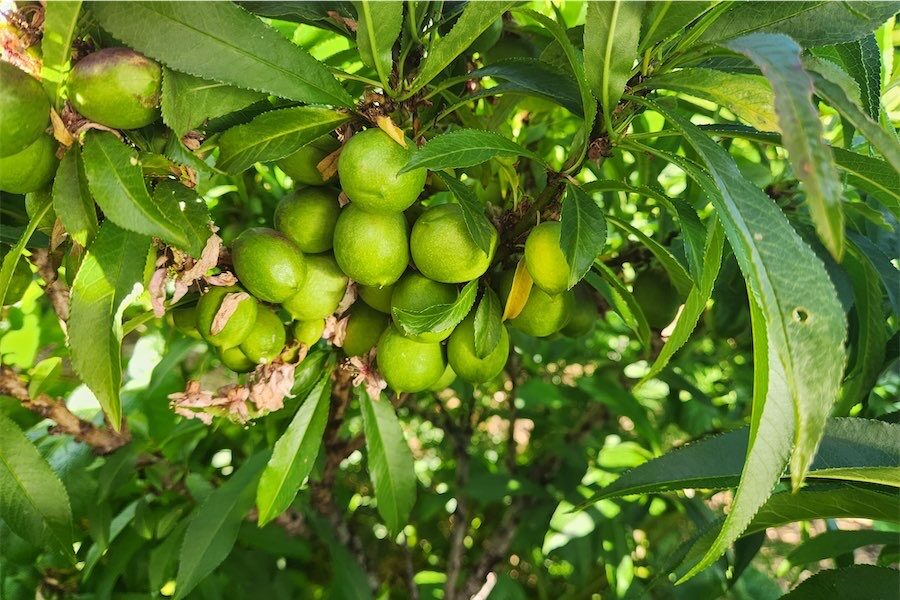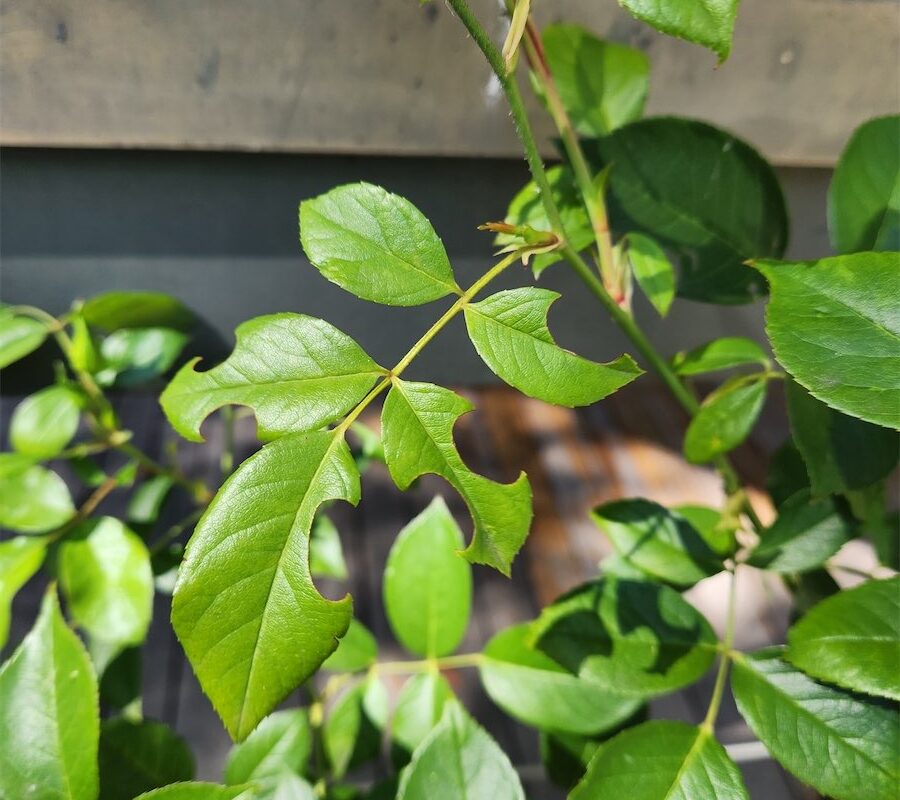AS the days warm, mulching is vital and now is the time to do some lateral thinking – or perhaps I should say horizontal thinking.
Let’s consider ground cover plants as a “living mulch”, as opposed to organic mulches. Ground covers provide greenery and flowers and still keep the ground moist and reduce weeds. In addition, they are excellent for erosion control on sloping sites.
For starters, Myoporum parvifolium is a dense ground cover with dark-green leaves and masses of small, white flowers. This is great for larger areas with a spread of at least 2m x 2m.
Thymus serpyllum, or carpet thyme, ranges from white to pink or purple flowers, T. s. “Magic Carpet” is a perfect example. For a culinary thyme, I suggest Thymus “Westmoreland” or turkey thyme. All these can be grown in wonderful combinations with other ground covers such as Convolvulus mauritanicus “Moroccan Beauty”.
IF you prefer variegated leaves, how about Euonymous fortunei “Gaiety”, with dark-green and cream-marbled leaves or E. f. “Emerald and Green” with rich, golden-yellow variegated leaves. Or Phylla nodiflora is a fast-growing ground cover with white, daisy-like flowers from now through most of summer. I have used this for small areas as an alternate lawn.
Check out the rich colours of Scaevola “Mauve Clusters” or blue flowers of S. aemula “Summer Blues”. And not to forget Rosmarinus prostratus, which is useful for culinary purposes. Parahebe lyallii “Oxford Blue” flowers in winter and is evergreen through summer.
I have listed only a few of many dozens of varieties of ground covers, but do consider them for small areas as an alternate mulch.
HOW do I deadhead rhododendrons? Why do I get fewer flowers in some years? The answer to both these questions is simple. If rhododendrons are not deadheaded once the plant has finished, flowering the old flower heads will develop into seeds with all the energy going into seed production at the expense of next year’s flowers.
The first of the two accompanying photos shows a flower that has finished flowering. To deadhead, first hold the stem just behind the flower head with the index finger and thumb. With the other hand, gently snap off the old flower head as in picture two.
In this picture you will notice the newly emerging buds. The time to do this is now and is one of the most relaxing deadheading jobs in the garden. Naturally, once the rhododendron gets very large, this is impractical. By this stage there are enough new branches to produce plenty of flowers each year.
Azaleas, which are of the rhododendron family, should, at the same time, be given a light trim with garden shears. Incidentally, rhododendrons can be cut back or reduced in height quite dramatically. Many gardeners are afraid to cut back rhodos that are growing out of control for their allocated space. I have reduced rhodos in height from 3m tall down to 1.5m with the garden owners thinking I had lost the plot and ruined their special plant. And yet, within weeks, the new shoots start to appear on the bare stems.
It’s time to get cracking
-
STRAWBERRIES can be affected by Botrytis cinerea or Grey Mould. Remove any affected plant parts or fruit immediately. Remove old leaves regularly to allow good airflow and avoid overhead watering, preferably using a drip irrigation system. Pick ripe fruit daily or you may lose it to snails. Use Multiguard Snail and Slug Killer, which contains no dangerous poisons, so it is safer to use around pets and native animals such as blue-tongue lizards
-
PLANT summer annuals such as petunias. They may take up to eight weeks from planting to full flower providing they are fed and watered regularly.
-
HANG pheromone traps in apple trees to monitor codling moth. These are available from most garden centres.
-
SOW basil and coriander every two to four weeks for a continuous supply.
-
IF you have not already done so remove all foliage from spring bulbs, a real harbour for snails.
-
PRUNE deciduous shrubs such as Kolkwitzia, Philadelphus and Deutzia once flowering is finished. Cut up to, but not more than, a third off the plants at any one time.
Who can be trusted?
In a world of spin and confusion, there’s never been a more important time to support independent journalism in Canberra.
If you trust our work online and want to enforce the power of independent voices, I invite you to make a small contribution.
Every dollar of support is invested back into our journalism to help keep citynews.com.au strong and free.
Thank you,
Ian Meikle, editor




Leave a Reply